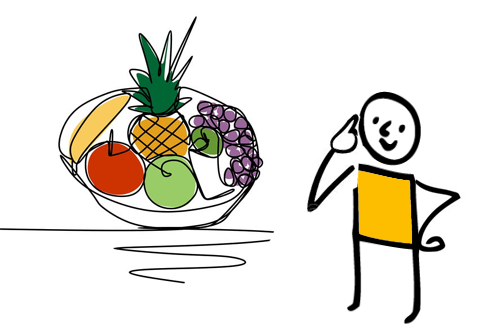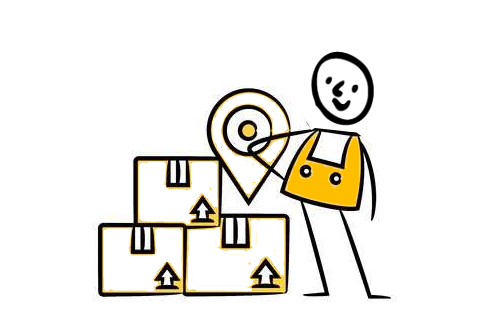THE
OODLESTACK STORY
Have you ever wondered why we do not get the right cost and the right value for the goods and services that we purchase?
It turns out that by the time these products reach the hands of the consumer, it goes through various layers of intermediaries elevating the cost.
Thus evolved Oodlestack - Oodlestack is a fresh initiative by a group of like minded social entrepreneurs working together to build a new ecosystem that thrives on collaboration, transparency and fair trade practices. The ultimate goal is to progress towards establishing a platform for consumers that let’s its members notify the market of the intent to buy and sellers compete for the buyer's purchase. The power of groups and the clout that crowds can exercise to get what they want, is nothing new. What is new, however is the role of technology that enables grouping of purchases . It is a social marketplace specifically designed for consumers who could seamlessly connect, communicate and create an online community to exert commercial influence on sellers, producers and manufacturers.












